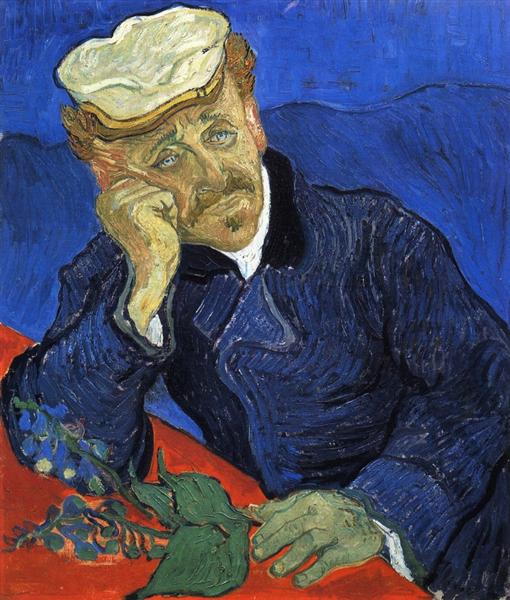Van Gogh in Auvers sur Oise
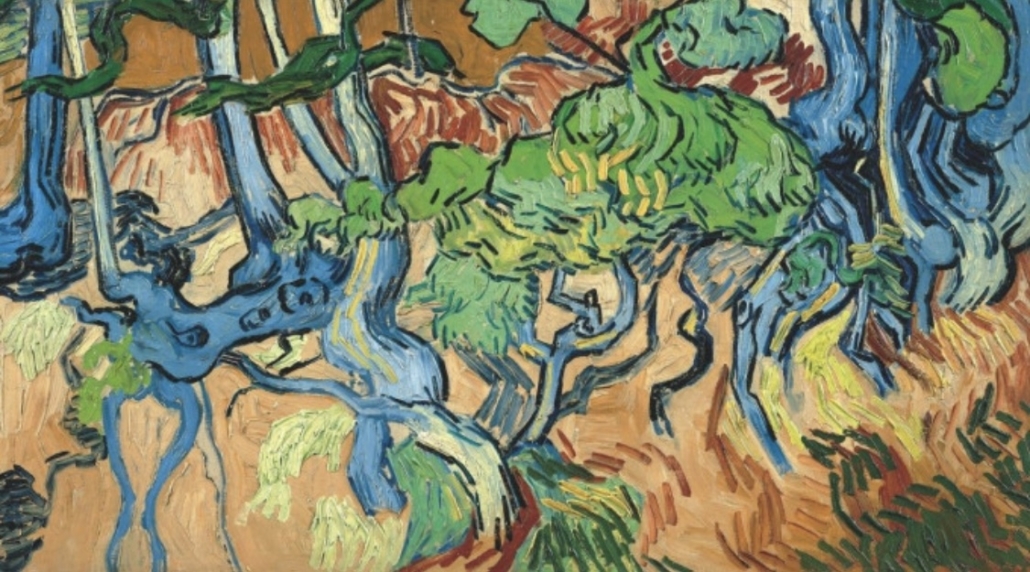
The Musée d’Orsay in Paris is devoting its back-to-school exhibition to works produced by the artist during the last two months of his life, spent in Auvers-sur-Oise (Val-d’Oise). Organized by the Public Establishment of the Orsay and Orangerie Museums in Paris and the Van Gogh Museum in Amsterdam, “Van Gogh in Auvers-sur-Oise. The Last Months” is the first major event dedicated to this crucial and rich period of Van Gogh’s work.
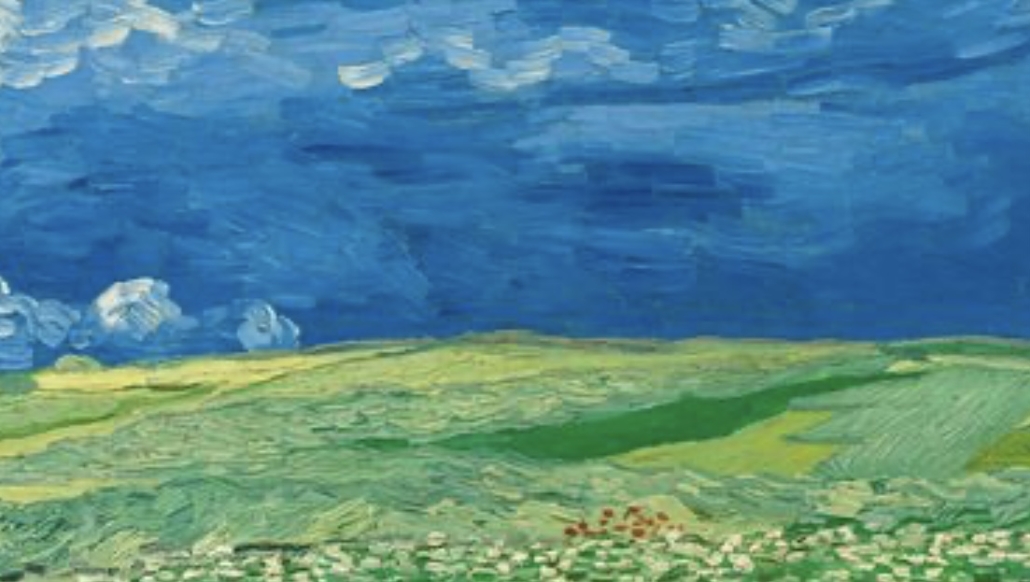
Tested by the violent crises he suffered in Arles (including that of December 23, 1888 when he cut off his left earlobe) and during his internment in the psychiatric hospital of Saint-Rémy-de-Provence, Vincent Van Gogh leaves the Midi to be closer to his brother Théo who lives in Paris. On May 20, 1890 he then went to Auvers-sur-Oise, the village in which lived Dr. Paul Ferdinand Gachet (1828-1909), a doctor specializing in the treatment of melancholy and friend of the Impressionists. The painter died there on July 29 following a suicide attempt.
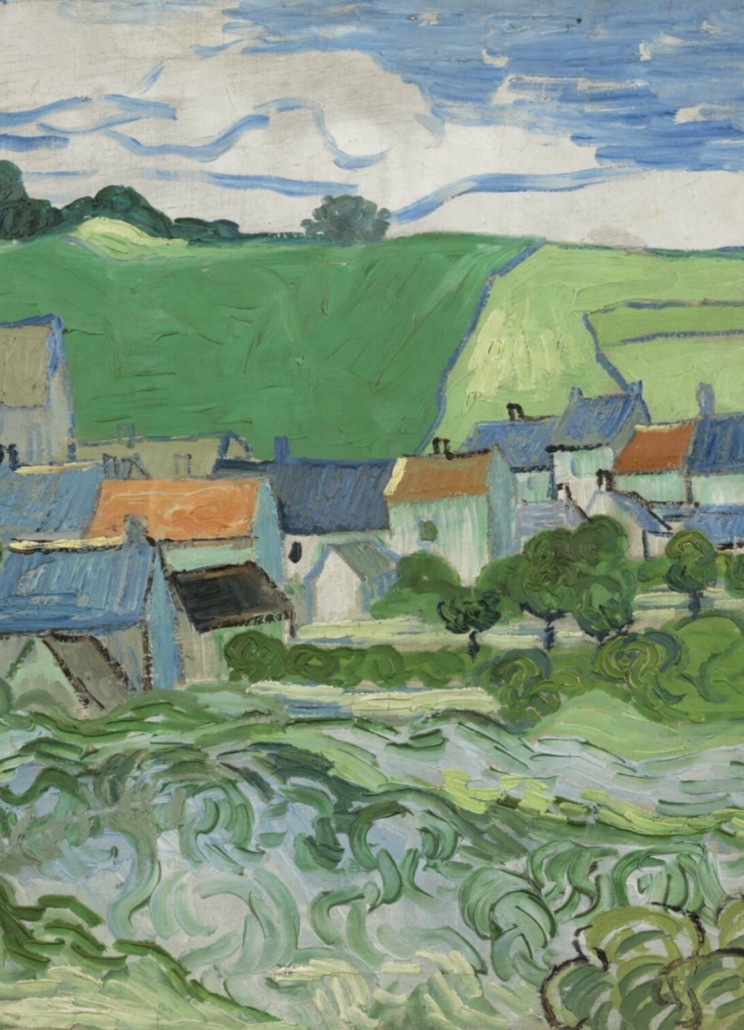
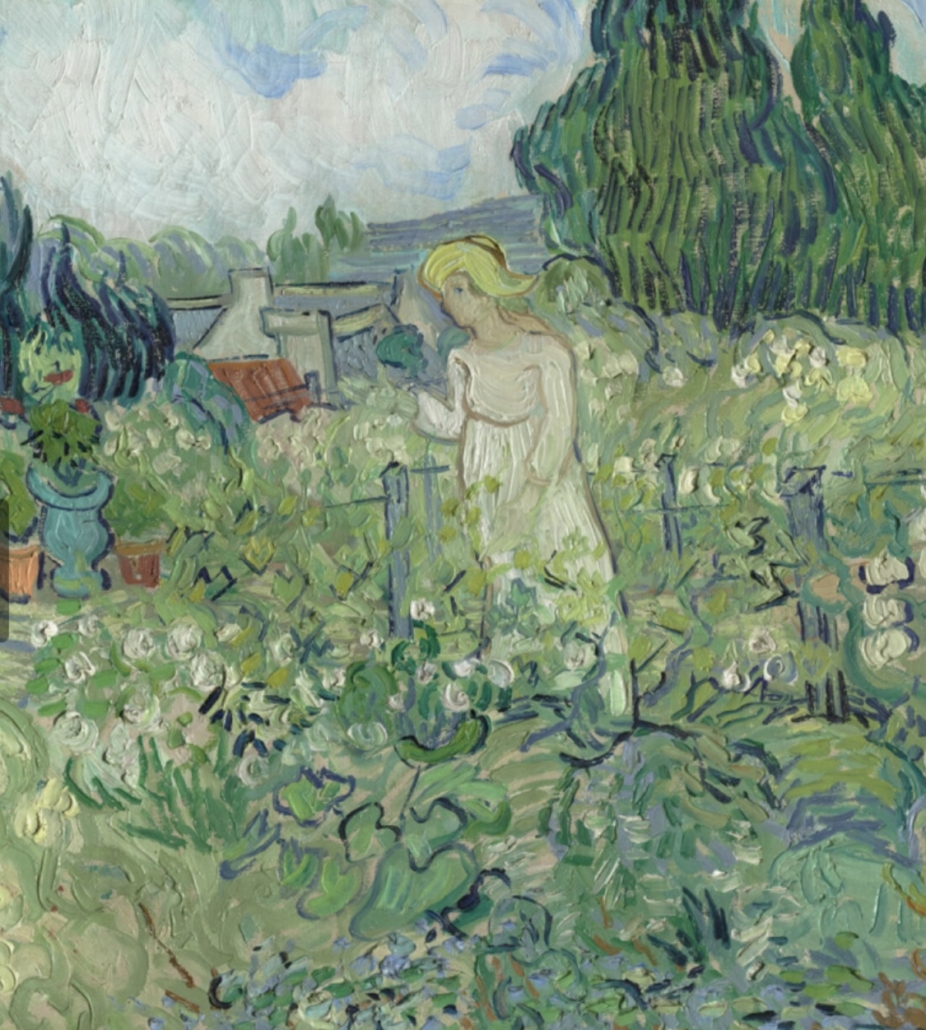
Installed at the Ravoux Inn, Vincent Van Gogh regained creative momentum and during these two months in Auvers-sur-Oise produced 73 paintings and 33 drawings (sometimes producing more than one painting per day), including masterpieces. emblematic works such as Doctor Paul Gachet, The church of Auvers-sur-Oise or even Wheat field with ravens. There he experimented with new approaches to color, subjects, brushstrokes and formats. This renewal in Van Gogh’s work allows the artist to develop his style, although it remains marked by his psychic tension.
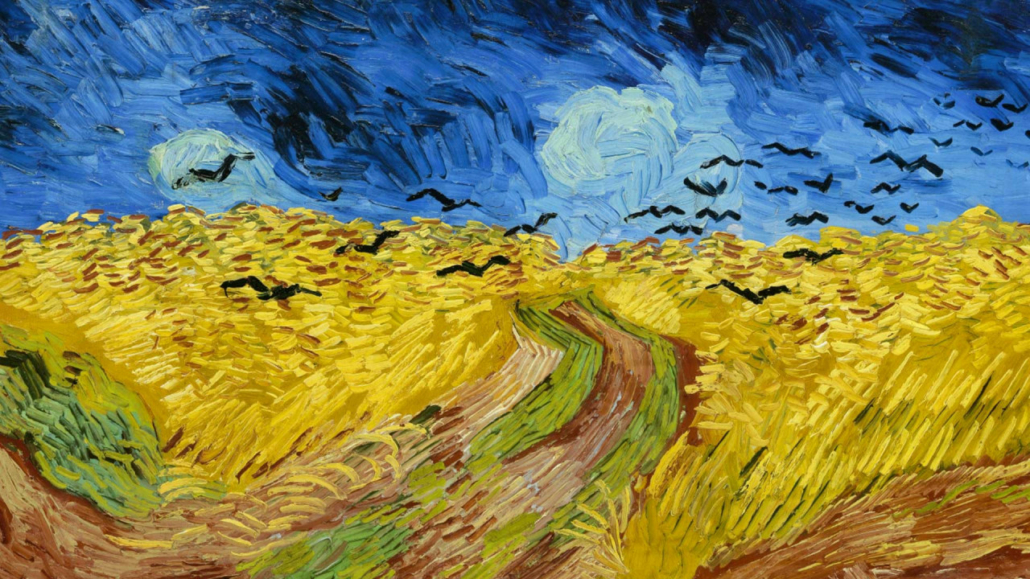
In its large exhibition space, the Musée d’Orsay will present around forty paintings and around twenty drawings by Vincent Van Gogh. The two curators, Nienke Bakker, collection manager and curator at the Van Gogh Museum, and Emmanuel Coquery, general curator of heritage and deputy director of conservation and collections at the Musée d’Orsay, will retrace this Auvers period, from the first views from the village to portraits, including colorful floral still lifes, landscapes of the surrounding countryside and a series of paintings in panoramic format. The institution will also reserve a few documentary sections to put this crucial chapter in Van Gogh’s life into context with, for example, an overview of Auvers-sur-Oise as the village was at the end of the 19th century and a focus on Dr. Gachet, a key character in this story.
